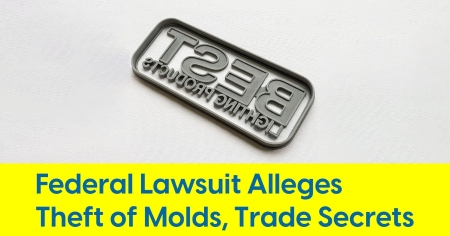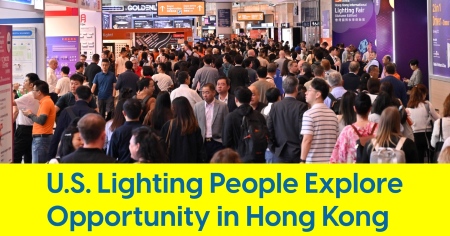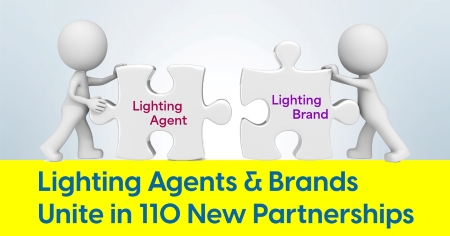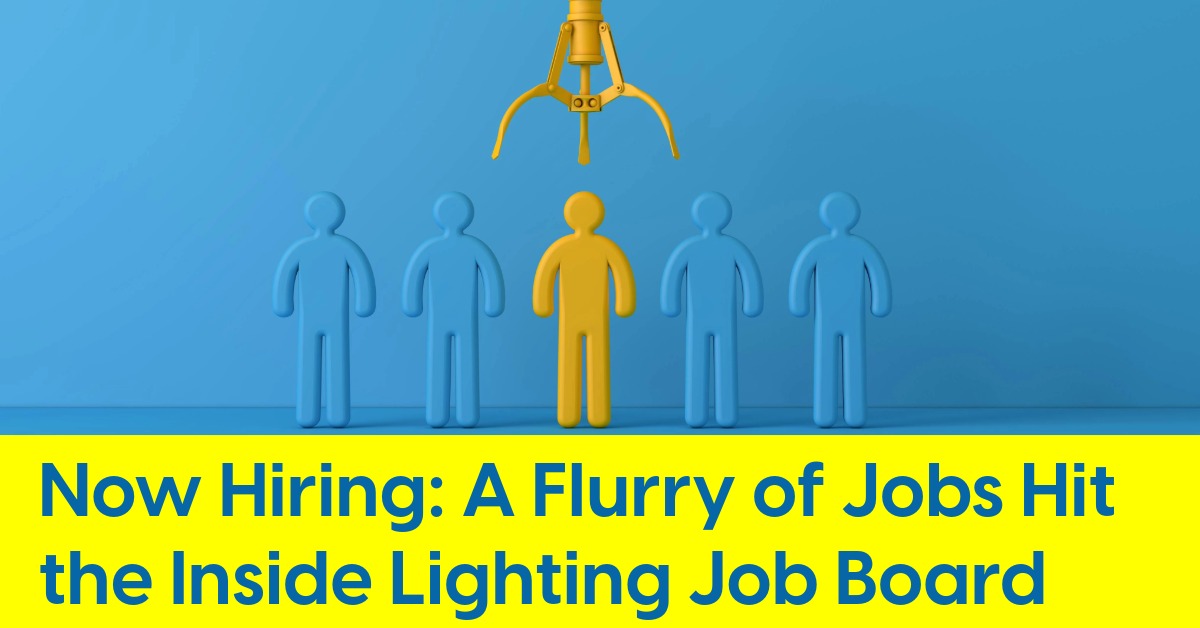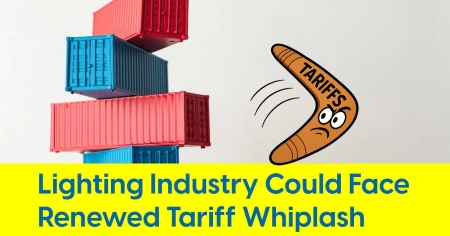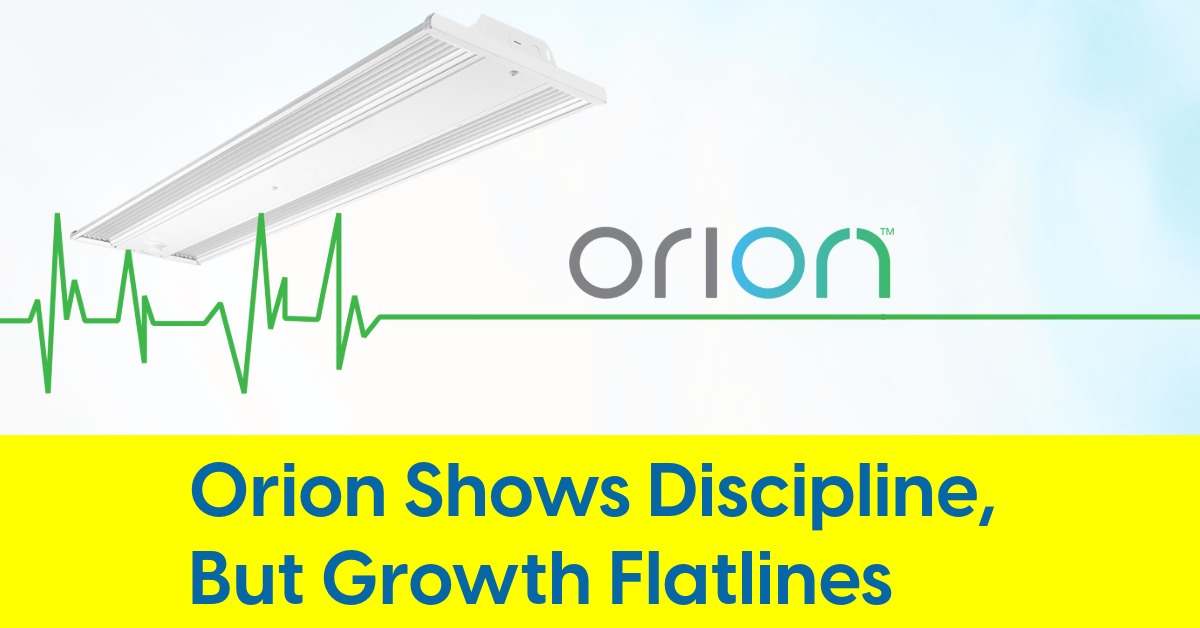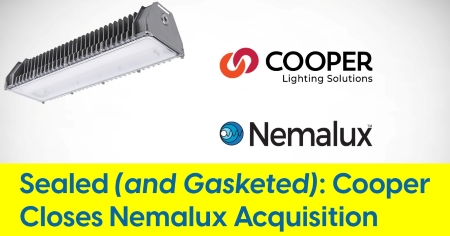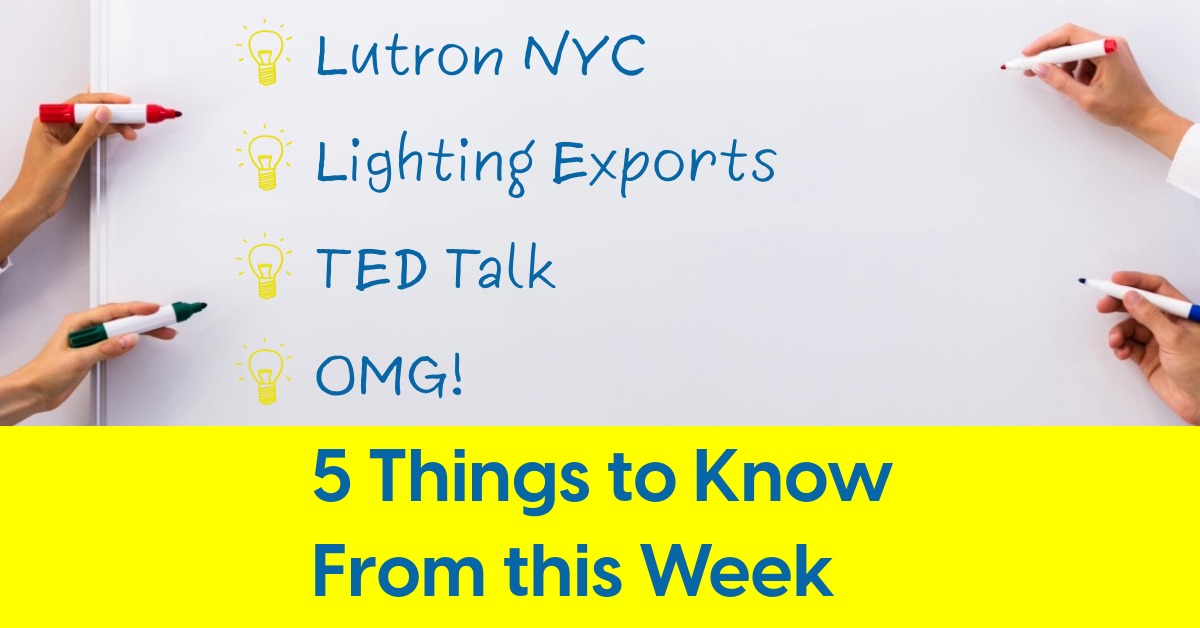Now that most programs have been updated for 2025, we take a look at the biggest trends, how rebate programs are evolving, and how to take advantage of them.
February 12, 2025
Commercial Lighting Rebate Trends for 2025

Guest Article by Briteswitch
Are commercial lighting rebates disappearing? Not quite.
Despite concerns of LEDs reaching market saturation and legislation restricting fluorescent lamp sales passed in 15 states, commercial lighting rebates are still as strong as ever. Programs may have evolved to adapt to current market conditions, but overall, these incentives remain widely available across North America and continue to be an important tool for improving the payback of lighting upgrades.
Lighting Rebates Cover Most of the US
Currently, 77% of the US is covered by an active incentive program for lighting—consistent with past years and just shy of the all-time high of 79%. That means customers in 47 states and Washington, DC, can take advantage of these rebates to reduce costs.

Not everywhere is equal though. The three most populous states, California, Texas, and Florida all show more than 75% coverage in the state. Unfortunately, while programs may technically be available in those areas, they are highly restrictive and only allow certain project types. For example, prescriptive rebates from many of the major utilities in California have been unavailable for years; they prefer to encourage energy efficiency through legislation.
In 2025, there hasn't been any major shift in coverage, but many tweaked their rules and incentive amounts. In addition, we can expect some adjustments throughout the year. In 2024, we recorded nearly 250 changes over the course of the year in response to shifting energy savings targets and funding allocations.
Rebate Amounts Increase By A Modest 3%
In the early days of LEDs, the rebate amounts dropped by 10-20% each year. It's safe to say that the trend has now plateaued; it's the fifth straight year where incentive amounts for LEDs have stayed relatively flat. In fact, this year saw a modest 3% increase across all LED product categories.

Source: BriteSwitch RebatePro for Lighting 2/2025
Average Prescriptive Rebate in North America
Rebates are the strongest for lighting technologies that save the most energy. Fixtures that are replacing HID lamps, like outdoor pole lights, wall packs, and high bays, still have the highest incentives.

Looking across North America, most rebates are still written as a set dollar amount per fixture rather than an incentive based on watts or kilowatt hours saved. This structure is more straightforward and easy to implement in prescriptive and midstream (instant) programs, but in the future, programs may need to move towards incentivizing actual energy saved if LED-to-LED upgrades become more popular.
Lighting Controls Get a More Prominent Role
A major trend in 2025 is the increased focus on lighting controls. Historically, rebates for controls were available, but buried deep within program manuals, making them easy to overlook. That's starting to change. More programs are now listing controlled and non-controlled fixture incentives in the same section, making it easier for contractors to promote advanced lighting solutions.
For example, look at the incentives for a 2x4 troffer offered by Energize Connecticut.
| Fixture Type | Rebate Amount |
|---|---|
| 2x4 Fixture (DLC Standard or Premium) | $25 |
| 2x4 Fixture w/ Occ Sensor (DLC Standard or Premium) | $65 |
| 2x4 Fixture w/ Dual Sensor (DLC Standard or Premium) | $70 |
| 2x4 Fixture w/ LLLC (DLC Standard or Premium) | $90 |
The rebates are all listed right next to each other, not only making it easier to understand, but also encouraging the upgrade to controlled fixtures.
Still, this shift is just starting. While nearly every rebate program offers incentives for controls, only 20% of them have adopted this structure.
Bonuses Available As Programs Try to Increase Participation
Something we noticed in 2023 and 2024 is the large amount of bonus programs offered throughout the year. These initiatives can offer an additional 10-100% of the rebates during a limited time period. Historically, these programs appeared in the last few months of a year, but now we're seeing bonuses throughout the year as rebate providers struggle to meet their energy savings goals.
In 2025, however, 5% of rebate programs started the year with bonus incentives already in place, with more likely to come as the year progresses. It's important to take note of where these additional incentives are offered, as they can instantly improve the payback of a lighting upgrade and give a good reason to relook at any potential project that didn't go through.
Rebate Applications Streamlined, But Challenges Remain
For those who work on filing rebates, digital applications and online portals have streamlined the rebate process. It reduces paperwork, eliminates the need to mail physical applications, and makes it easier to get status updates on every outstanding project. It seems to be offering improved pre-approval and payment times as well. Looking at all our projects in 2024, the average pre-approval time was two weeks (down from four to five weeks in previous years) and rebate payment took about two months.
However, the shift to online applications has introduced some drawbacks. One is that these systems are often cumbersome to use and take longer to fill out than PDF applications. Another is that some programs now rely on these online portals rather than publish an easy-to-read list of the possible incentives. That means that to estimate a rebate, you need to log in and complete the forms to see the amount, which is time-consuming for an estimate. Thankfully, rebate databases like RebatePro for Lighting still list the incentive amounts individually to speed up rebate estimates.
Another hurdle to rebate processing is the use of approved vendor lists. In 2025, 17% of rebate programs require contractors or distributors to be registered as trade allies. It's critical to look into this topic before planning any lighting project in these areas.
Rebates in 2025 Are Strong, Use Them To Close More Projects
Despite concerns about market saturation, commercial lighting rebates remain a key driver for energy efficiency projects. The focus may be shifting toward higher-efficiency LEDs and advanced controls, but the opportunities for cost savings are still significant. For any lighting project you're working on in 2025, you should research to see what incentives might be available as early as possible to make sure you don't miss out.
RebatePro for Lighting Makes It Easy
Need help taking advantage of the rebate market? RebatePro for Lighting contains virtually every commercial lighting rebate and incentive across North America. Whether you're part of a rebate processing team or a contractor looking to start using rebates as a sales tool, RebatePro for Lighting makes it easy. Quickly estimate the rebates for a project, find the best rebate areas in the county or see where you have to become a trade ally to take advantage of the incentives.
Learn more about RebatePro for Lighting »
About BriteSwitch
BriteSwitch specializes in helping businesses navigate and capture rebates and incentives for energy efficiency and EV charging projects across the U.S. and Canada. Since 2008, the company has developed software solutions like RebatePro to simplify the process for contractors, distributors, manufacturers, and businesses. With deep industry expertise and a data-driven approach, BriteSwitch streamlines rebate estimates and processing, saving clients time and maximizing savings.
